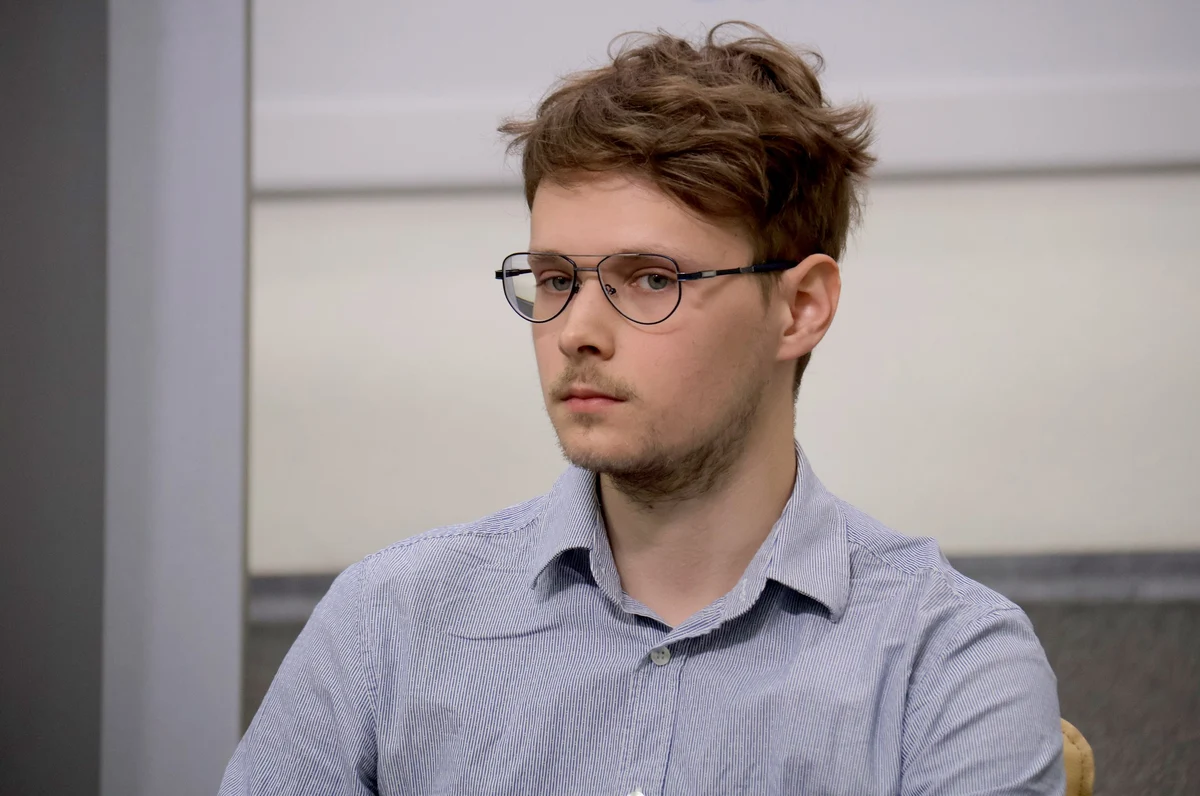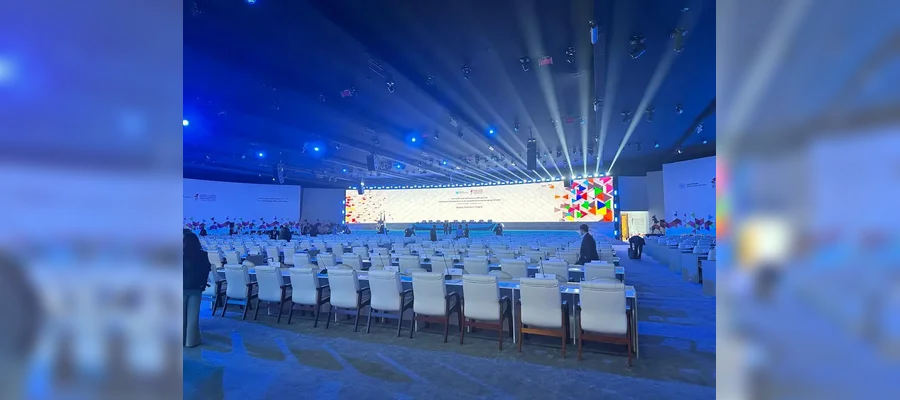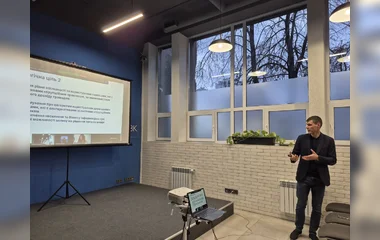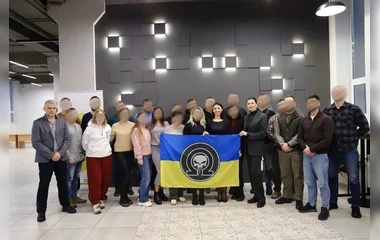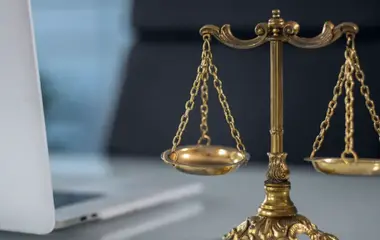The topic of corruption is actively used as part of Russia's information operations against Ukraine. This is evidenced by the results of the research "Identification and Analysis of Russian Information Threats on Corruption in the Ukrainian Media Space", commissioned by the Center for Strategic Communications and Information Security in partnership with the National Agency on Corruption Prevention (NACP). The research was presented on April 16 at Ukrinform, and the broadcast is available in Ukrainian and English.
During the analysis of more than 130 thousand information messages (posts, articles, comments) in the Ukrainian information space on Twitter/X, Telegram, Facebook, Youtube platforms and websites for the period from July 1 to December 31, 2023, it was found that:
- 86 incidents (in fact, a new incident every 2 days);
- 418 sources involved in information operations;
- 462 sources affiliated with Russia;
- 223 bot sources.
The research also identified 8 key tactics used in the incidents:
- use of sources posing as Ukrainian;
- coordinated dissemination of identical or similar posts and comments on social media;
- spreading fake news about corruption in Ukraine;
- cultivating conspiracy theories;
- distorting the original information and giving it a different meaning and context;
- use of manipulative and generalized wording;
- referring to statements of third parties to give credibility to statements;
- presenting the facts of the fight against corruption as facts of its high level.
All narrative dissemination techniques are destructive and aimed at weakening the Ukrainian state and society, reducing trust in the government, and intensifying conflicts within the country. All of them are directly supported by Russia through its own information resources, which indicates the direct involvement of Russian structures in hybrid aggression against Ukraine and information operations as part of the Russian-Ukrainian war.
Based on 86 identified incidents, 7 key narratives on corruption in Ukraine were formed (which were present in the information field in the second half of 2023 and contain threatening tactics and affiliation with messages from official sources of the Russian Federation).
According to Pavlo Buldovych, Head of the Department for Coordination of State Information Policy on Corruption Prevention at the NACP, the study of Russian information threats on corruption in the Ukrainian media space is only the beginning of a systematic and long-term work, as the Strategy for Communications in the Field of Preventing and Combating Corruption for the period up to 2025 (hereinafter - the Strategy) provides for constant monitoring of such narratives in the information space and joint response of government agencies in case of spreading disinformation.
"Recent social surveys show that corruption is already at the top of the list of Ukrainians' concerns. Thus, Russia is achieving its goals in the information war, because if corruption is more important than war, then according to the logic of propaganda, those who personify it - the government, the state - are worse than the enemy, which means that we must fight them first, direct the energy of citizens not against the enemy, but against their government. The topic of corruption has a powerful deconsolidating potential, and that is why the enemy exploits it so persistently," said Pavlo Buldovych.
The presented research proves that Russian propaganda in Ukraine actively interacts with various destructive tendencies, spreading information that is intended to confirm existing negative beliefs and radicalize them. For example, the enemy operates a network of telegram channels that focus on various political "layouts" and "insights", the publication of which is intended to convince Ukrainian society that Ukrainian elites are totally corrupt and that the fight against corruption is hopeless.
The analysis of the most common disinformation narratives on preventing and combating corruption in Ukraine, as well as the publication and dissemination of its results, is envisaged by the State Anti-Corruption Program and the Anti-Corruption Strategy.



